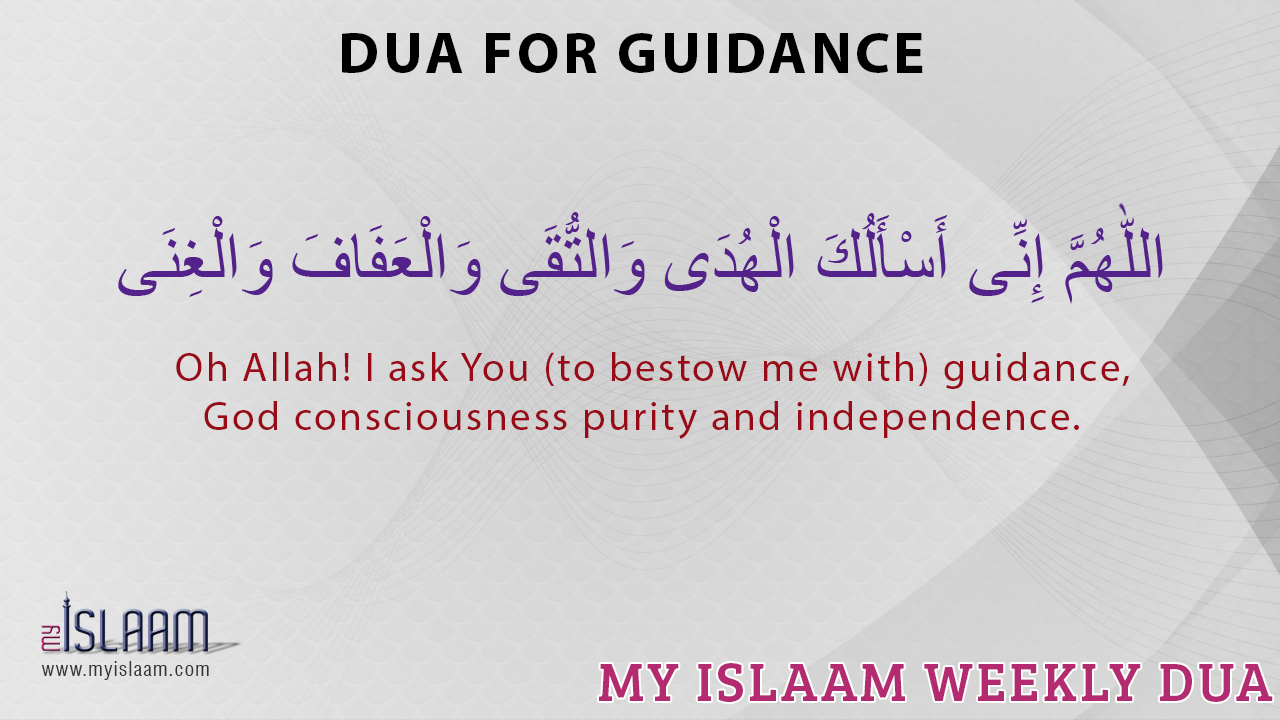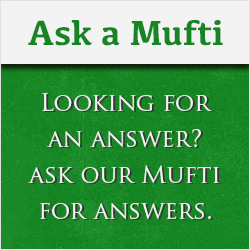Islamophobia is on the rise in many different parts of the world, especially in Europe. For Muslims, this is very troubling. Some of these Islamophobes and xenophobes consider themselves only ‘protecting their own values and cultures’. When engaging in discussion with these people, one realises that these people lack knowledge of Islam. The same misunderstandings and stereotypes have existed for centuries, and are nothing new. In this short article, I will review the book- sons of Ishmael: Muslims through European eyes in the Middle Ages, by John V Tolan, which discusses the roots of the misunderstandings and stereotypes, and is a very interesting read.
The book is published by the University Press of Florida, and consists of 256 pages.
For anyone who wants to read about the historical interaction among the Abrahamic faiths- Islam and Christianity (and at times Judaism), in the middle ages, this is a very good book. The book should easily accessible to the general public, as well as academics and scholars. The book is clear and easy to understand. The book at times may seem too repetitive, however Tolan tries to ensure that the reader clearly understands his analysis of the essays. Also the content and material of the book provides plenty to keep you engaged and interested throughout. The book displays Tolan’s clear and deep understanding and expertise in the subject.
John Tolan is one of the world’s foremost scholars in the field of early Christian/Muslim interactions. He is currently Professor of History at University of Nantes (France). He has done major work on the relation in the medieval Mediterranean world between the Christians, Muslims and Jews, some of which is published including the acclaimed Saracens: Islam in the Medieval European Imagination.
The book- Sons of Ishmael explores and discusses what was written by the Christian writers: rulers, monks, abbots, friars, bishops, scholars, and poets about Islam, the Muslims and about their prophet during the middle ages (from ninth century till fourteenth century). The book explores and shows some of the roots of the misunderstandings and stereotypes of Islam that existed for centuries in the west, and still exist among some today.
The book takes us through ten essays- individual studies of Christian writers who see themselves as the ‘soldiers of Christ’ striving and struggling against the great enemy, the devil, and all his minions: Christian heretics, Muslims and Jews. These soldiers direct their pens against Islam, through polemical treatises to attack or refute the doctrine and practices of Islam, and apologetical treatises; defending the Christianity against the threat of Muslims. Most of these works were aimed at their ‘own people’ to persuade them of the superiority of Christianity, and prevent them from converting to Islam, and to justify wars against Muslims by creating a large imaginary enemy through tales.
Islam’s success challenges the Christians to answer new questions- if god is with the Christians, then why are the Muslims so wealthy? If the catholic doctrine was based on reason, it should be possible to prove to the Jews, heretics and Muslims through logical exposition and argumentation? If Christianity is the superior religion, why does the Muslim world have a higher level of learning and wealth? If the Muslims are illogical, why are their works an integral part of the curriculum of the European universities?
The story develops of Islam at first being viewed as a polytheistic and idolatry faith which offers sacrifices to many gods, among which Prophet Muhammad is one. This caricature of Saracen paganism becomes untenable as the interaction between the two religions increases, and the Christians then portray Islam as a Christological heresy, with Prophet Muhammad being a ‘trickster and scoundrel’, “an errant preacher who feigns holiness and performs bogus miracles through magic and sleight of hand, hoodwinking the gullible Arab masses into deeming him holy”. These soldiers of Christianity aim at discrediting the prophet of Islam (and hence Muslims), and bringing Christians closer to Christianity.
Many tales and legends are created to make this happen; with one famous one being Prophet Muhammad’s death and burial, in which god strikes Prophet Muhammad dead as a punishment for his sins, and pigs begin to devour his corpse, his corpse is then placed in coffin which floats in the air because of magnets. Such tales were meant to help explain to the Christian masses why Prophet Muhammad is disfavoured in the eyes of god, and yet has such a massive following.
New forms of argument are used against ‘the infidels’. Some use logic, textual criticism to attack the Muslims texts, beliefs and practices rather than defend Christianity. Peter the Venerable, assembled a team of translators to produce a full, annotated Latin version of the Qur’an, along with translations of other Muslim texts. After this was done, he could intellectually justify Christianity. Peter’s background of monastic life and education shapes his understanding of Islam. He does not see much hope in the Jews so turns to Muslims and thinks it is best to convert them by preaching than by force. He tries to refute the heresy of the Saracens, despite his limited superficial knowledge of Islam.
Chapter 3 discusses how Pedro Pascual wrote two biographies of Prophet Muhammad- one from the Muslim view, the other from the Christian view, but the Muslim view was polemic. Pedro tries to argue that the Christian version is more reliable, and aims to dissuade the readers from converting to Islam. He searches for anything and everything ‘illogical and irrational’ in Islam. He also makes several contrasts between Prophet Muhammad and Jesus, and tries to inspire hatred by describing what ‘they’ have done to ‘us’.
The chapter on Saladin is very interesting. Fictive conversions are created to show hope. These are the dreams of some Christians, that a foreign ruler will convert and help restore the glory days of Christianity, just like Constantine and Clovis. Tales are created of the failed conversion of Saladin, who wanted to convert to Christianity but did not when he saw them submerged in lust, fraud jealousy, hatred… the sins of Christians stopped him converting. Other authors have him convert and even baptise himself on his deathbed. The repeated failures of the crusades leave not much for Christians but to dream of the conversion of a powerful ‘pagan’ enemy, to help aid Christianity.
Saladin is not demonised by majority of the medieval writers. But Christians struggle to answer the question- how can such a knight come from non-Christians? To answer this, some present him as just knight, who follows the rules of knighthood more than any religion. Other have him made into a son of a Frenchwoman.
While many of the people discussed in the book are polemical, Burchard and his non-biased work is also discussed. Few Latin Christian authors of the twelfth and thirteen centuries show their admiration for Islam, but they do admire the thriving cities of the Muslims and their riches, culture, learning etc. People of other religions are free to practice their religion. Burchard, on a trip, sees some of the similarities between themselves and their Muslim adversaries. Burchard makes accurate observations, and seems to be more open-minded, and his work is not polemic. ‘If the virgin herself bestows the grace of her miracles on the Saracens, who are we to consider them the enemies of her son’?
Pedro tries to inspire hatred and disdain for Islam, to stop them from converting. He sees too many converting, and too much Muslim influence on the Christians. Pedro tries to arm his readers with arguments they can use to defend themselves, but also tries to cultivate in his readers, a sense of radical difference with the Muslim ‘other’. For him theological and legal distinctions are not enough, he aims to build a wall of hatred. He mentions prophecies foretelling the fall of Islam very soon. He then refers to Muslims as the illegitimate, because they are the descendants of Ishmael. He reignites the animosity that once existed between the two brothers, in his view. He then makes many accusations about Prophet Muhammad. He presents Muslims as irrational beasts, whom the Christians should not have any relations with.
The book accurately presents how Christian writers presented Islam and the Muslims to other Christians, despite them lacking first-hand knowledge of Islam and the Muslims. Negative images are used to demonise the other, and justify the use of force. The book also discusses how these images; some positive, but largely negative, circulate around Europe in the medieval times, and are taken as ‘scholarly’ views on Islam. Tolan provides a very good analysis of his chosen ten studies and the negative images these created. He shows the root of many stereotypes of Islam, and how the walls of hatred were built, which lasted for centuries, some of which still exist today. I think the book should have discussed what kind of affect these Christian works had on the Muslim world; were these works known amongst the Muslims? And whether the Muslims compiled and wrote similar works about Christianity, as a result of their works. How did these works affect the interaction between the two? It would have been good to see how both sides dealt with the ‘other’ in the medieval times, with one religion on the rise, and the other falling. This should have been covered to a certain degree at least. Overall, a very interesting book, clear and easy to understand. Definitely recommend reading it.

 Songs make hypocrisy grow in the heart just as water makes crops grow
Songs make hypocrisy grow in the heart just as water makes crops grow 
















